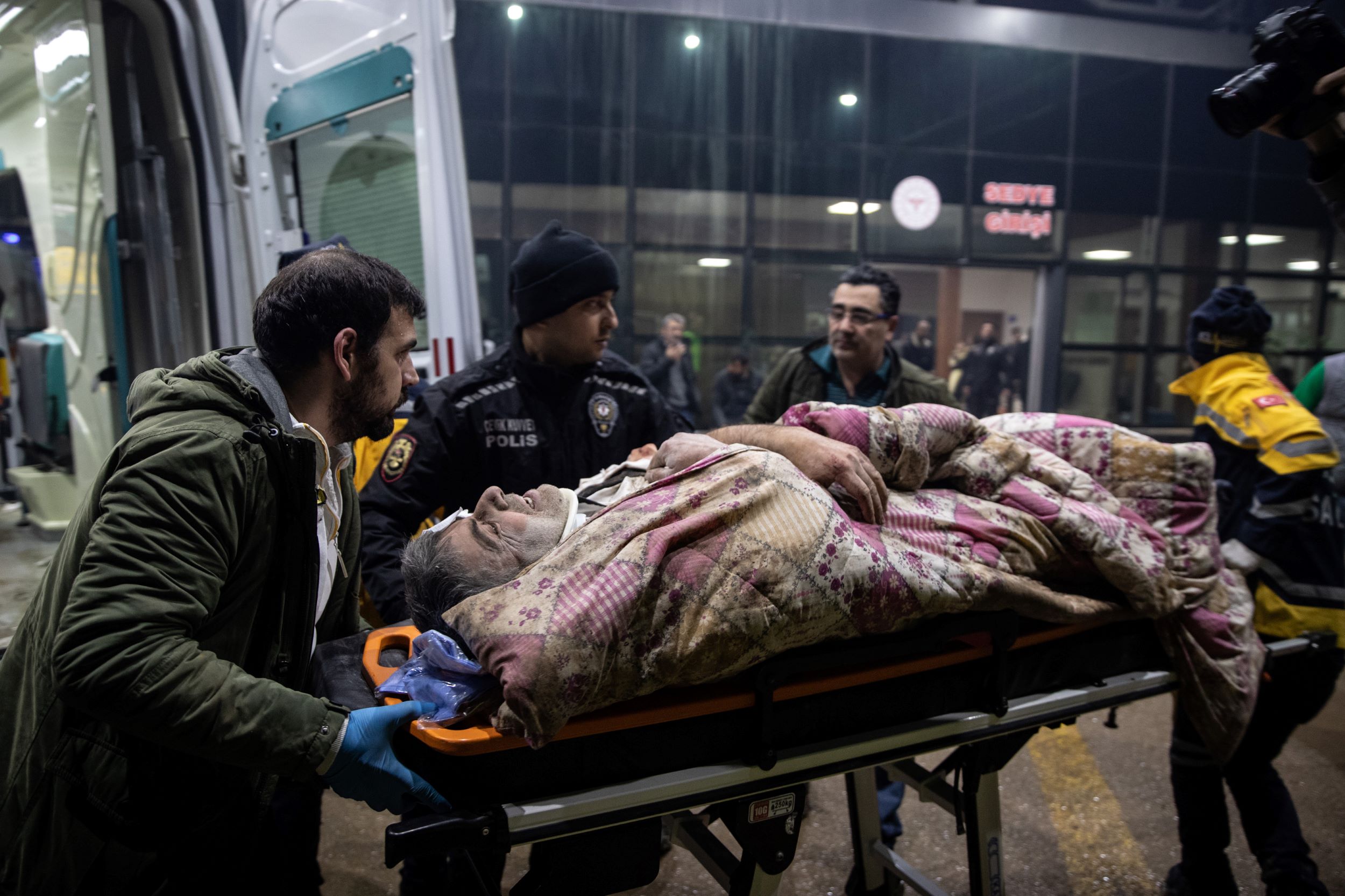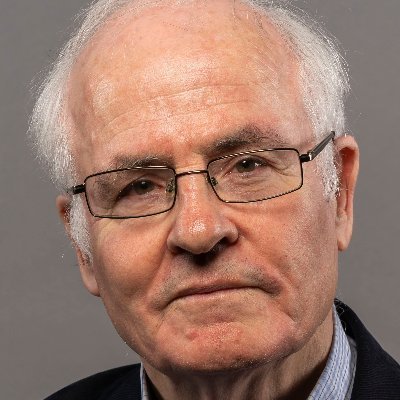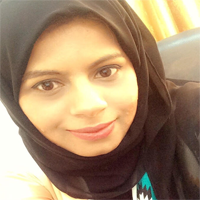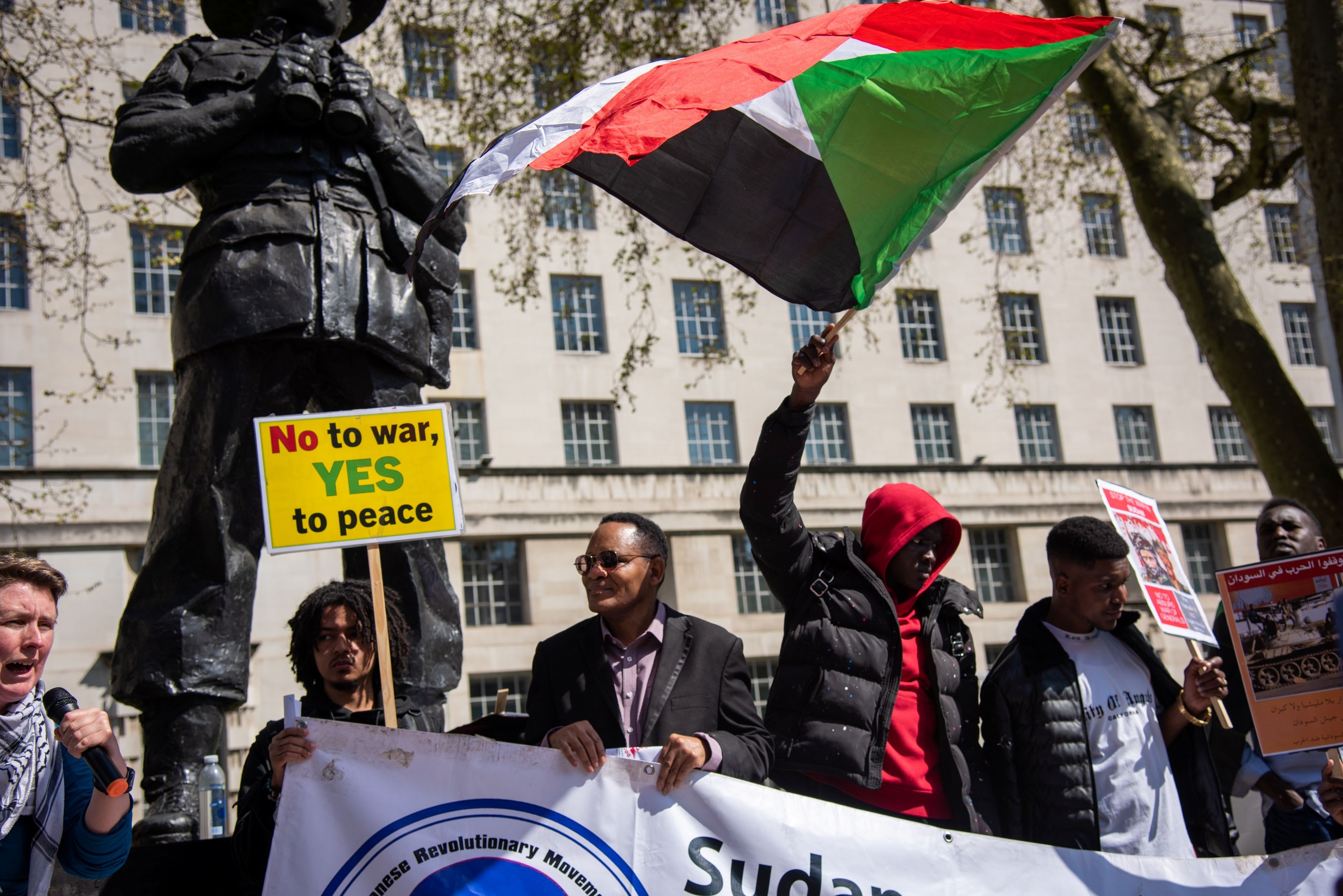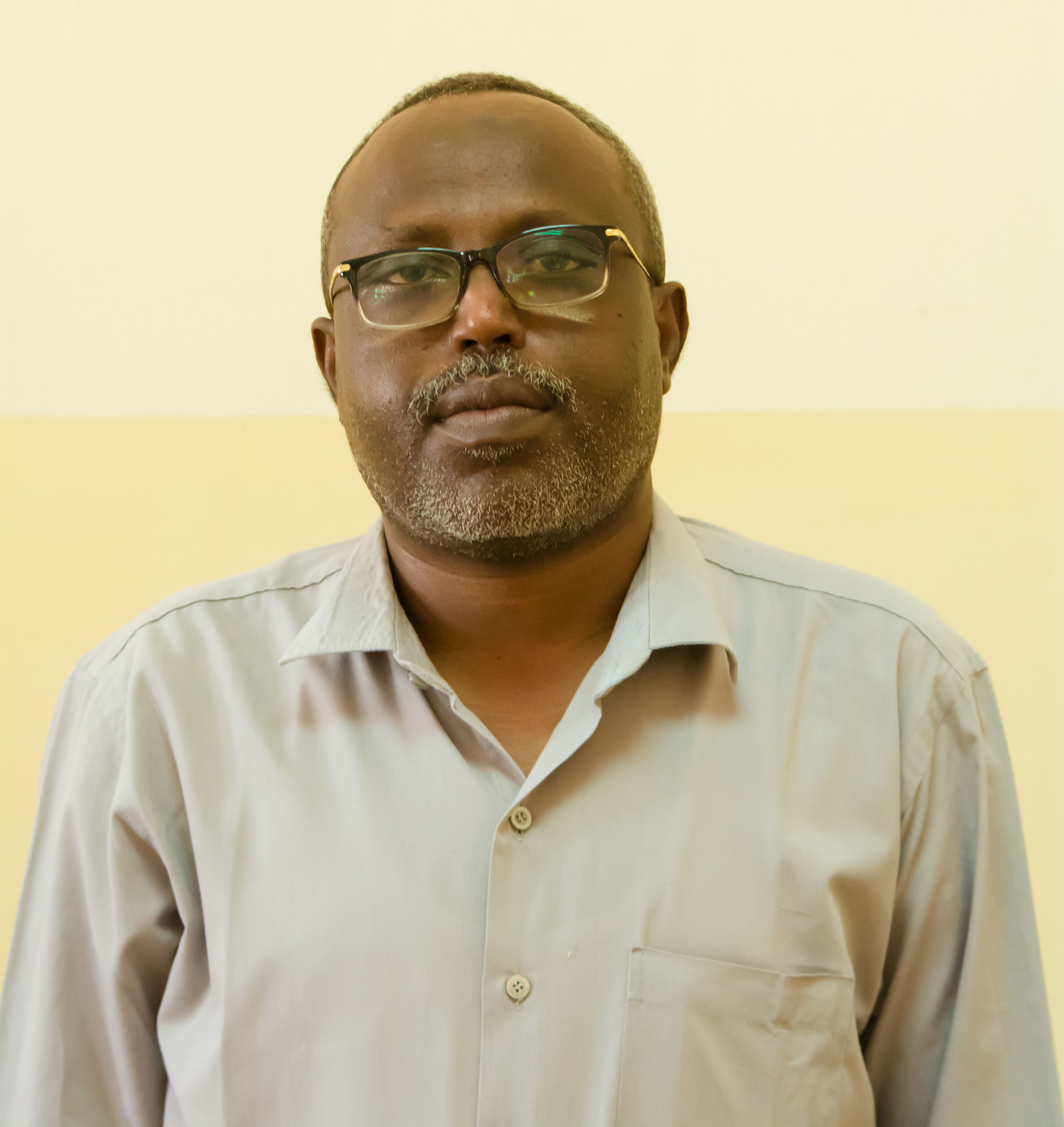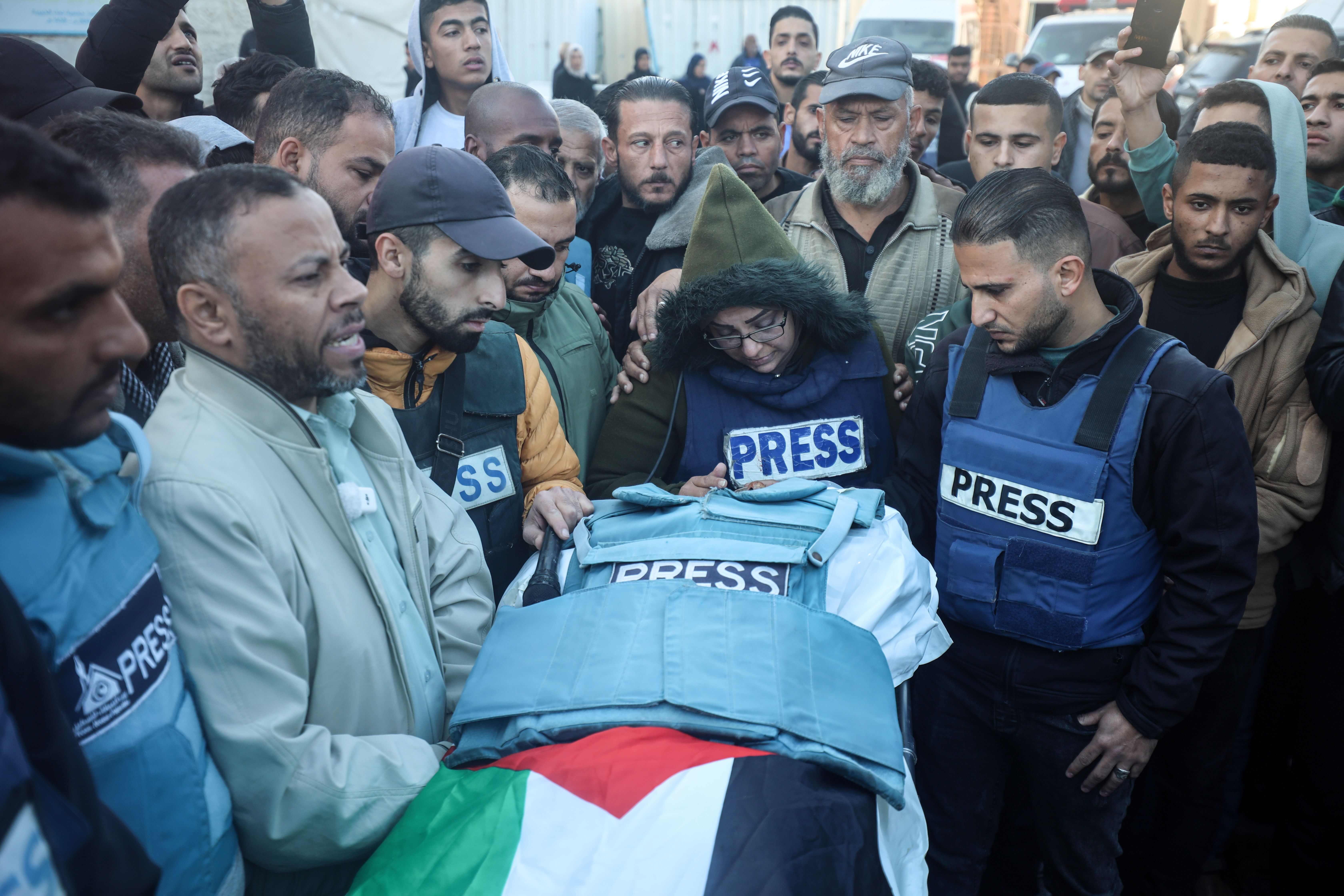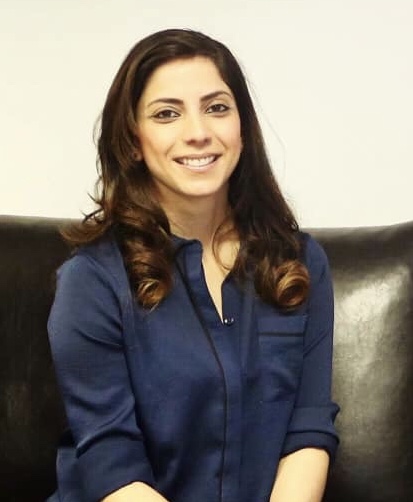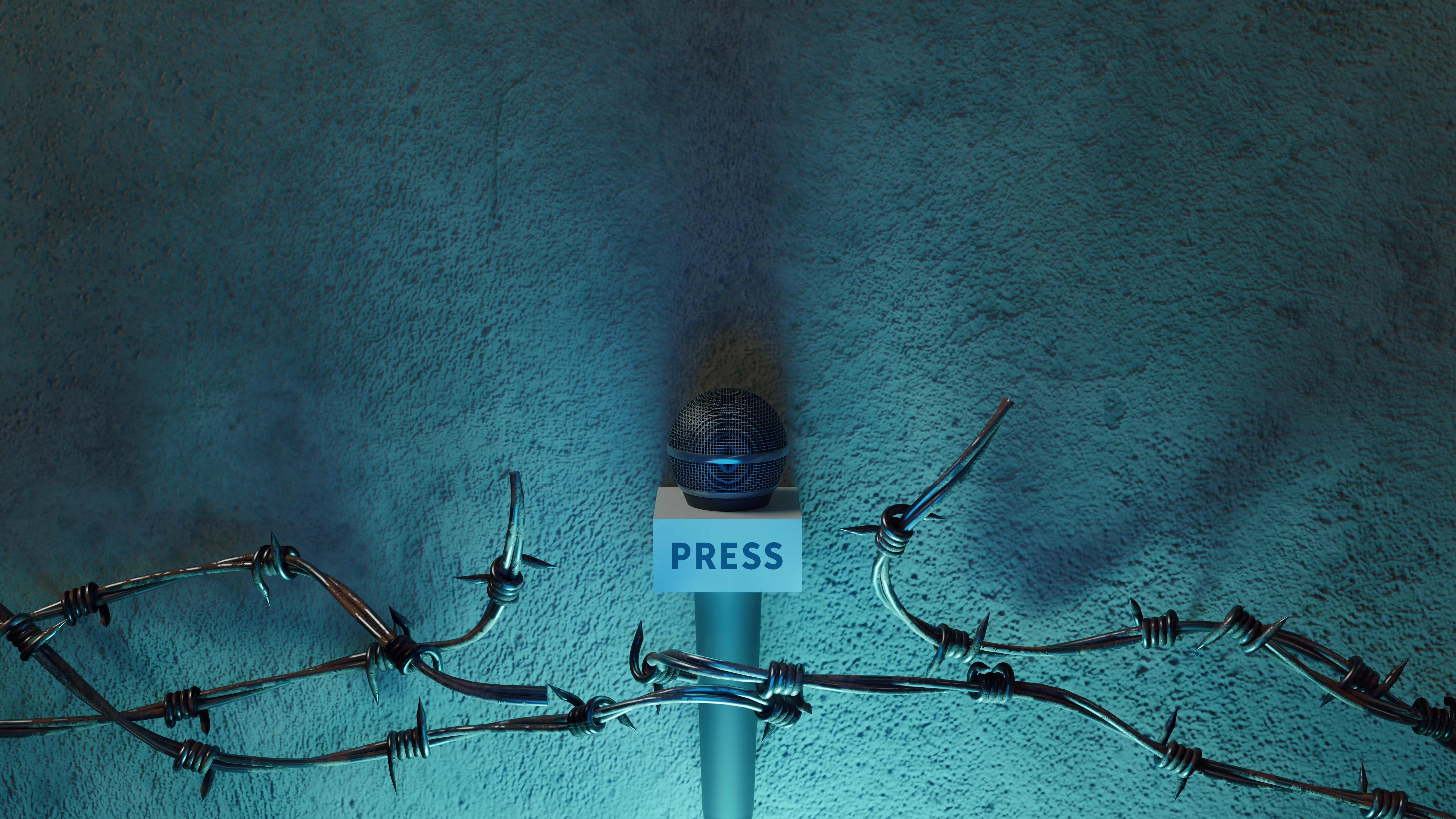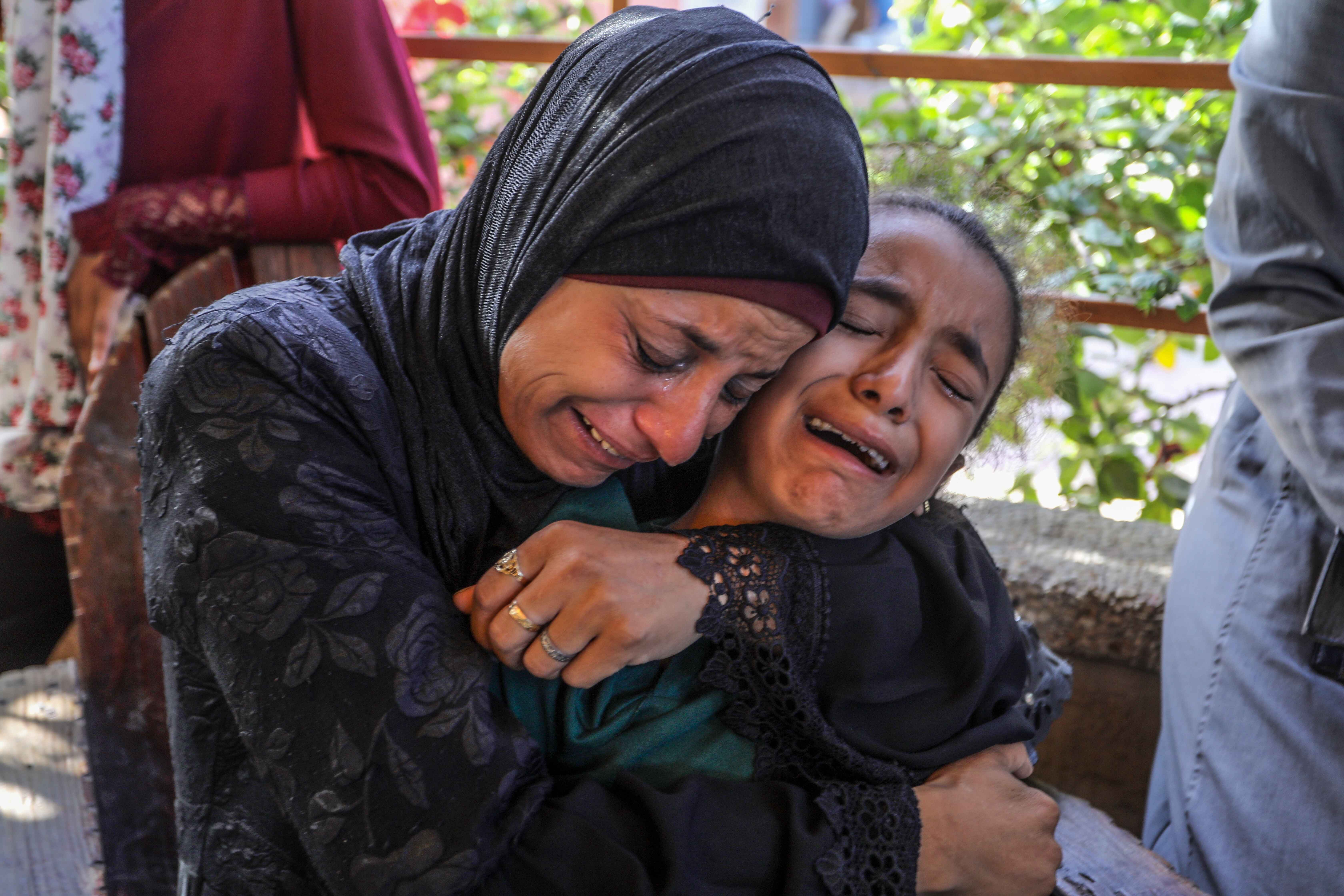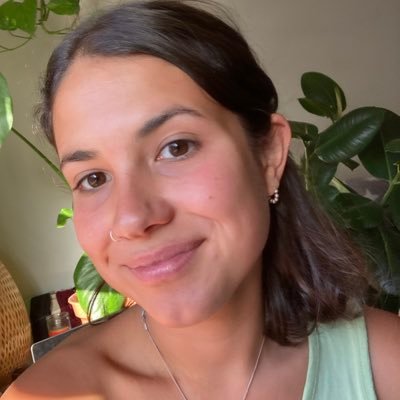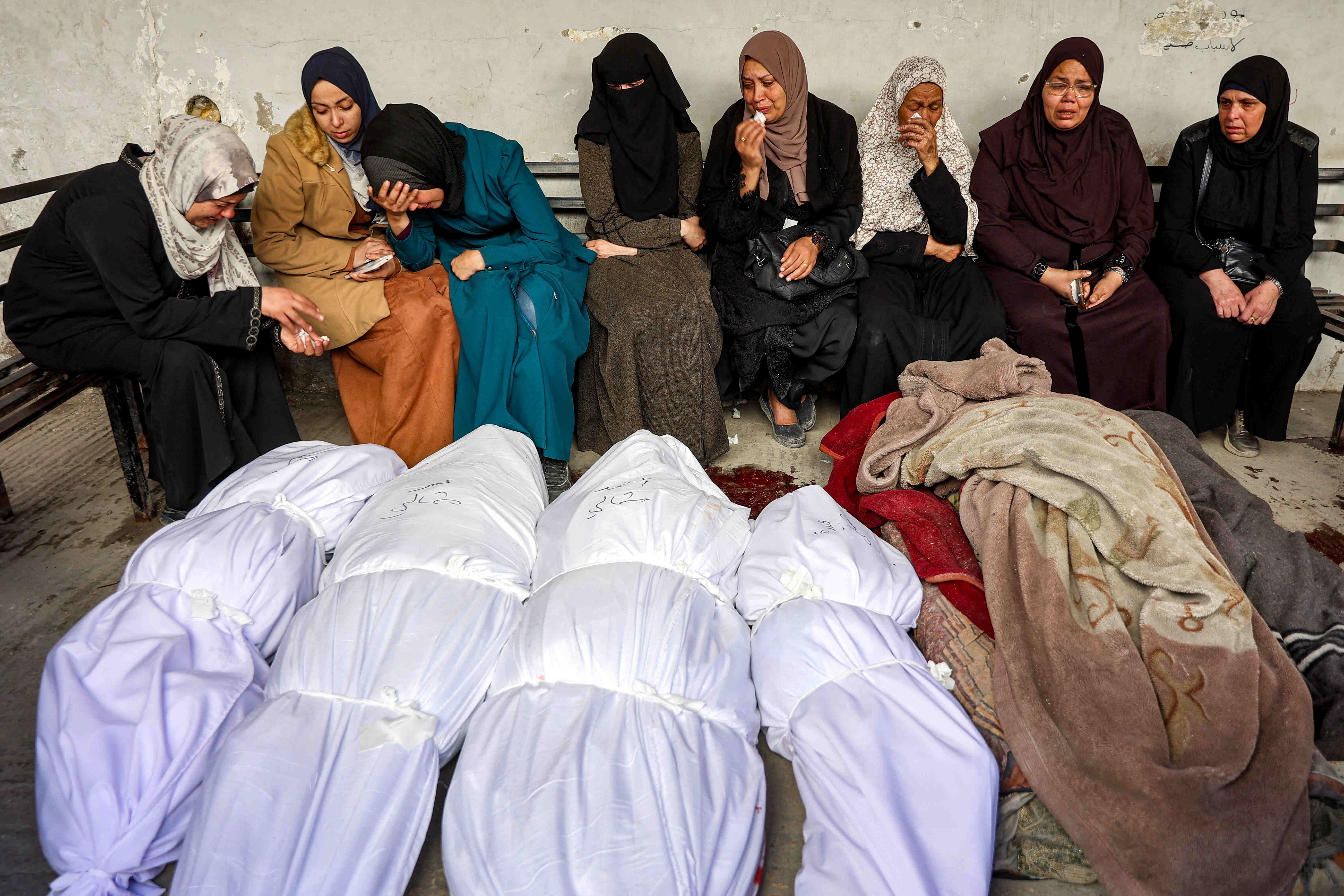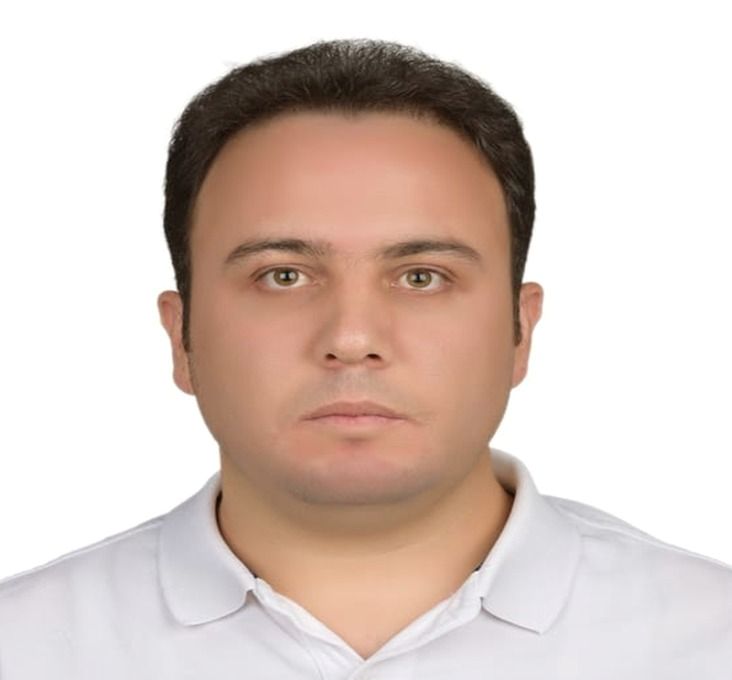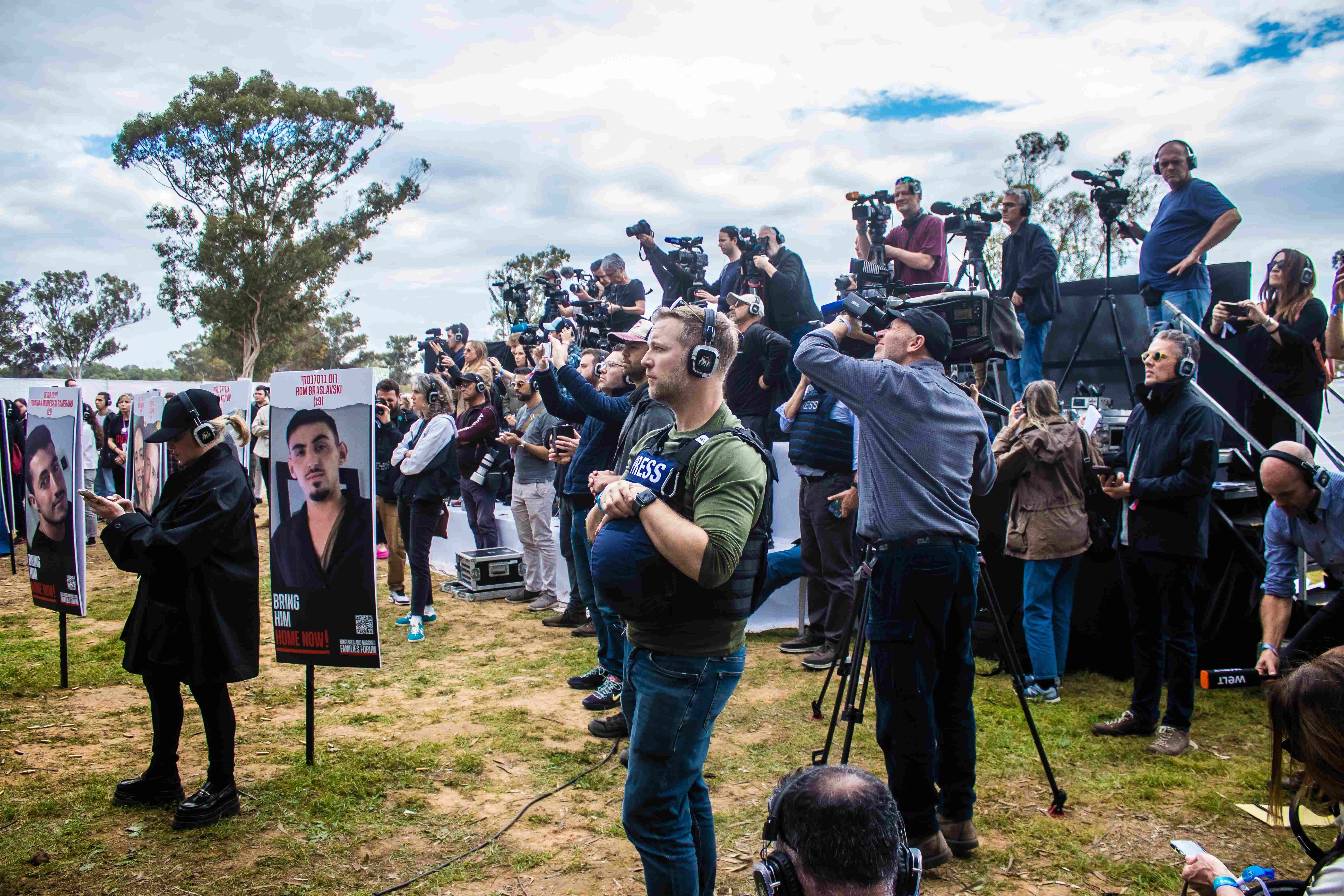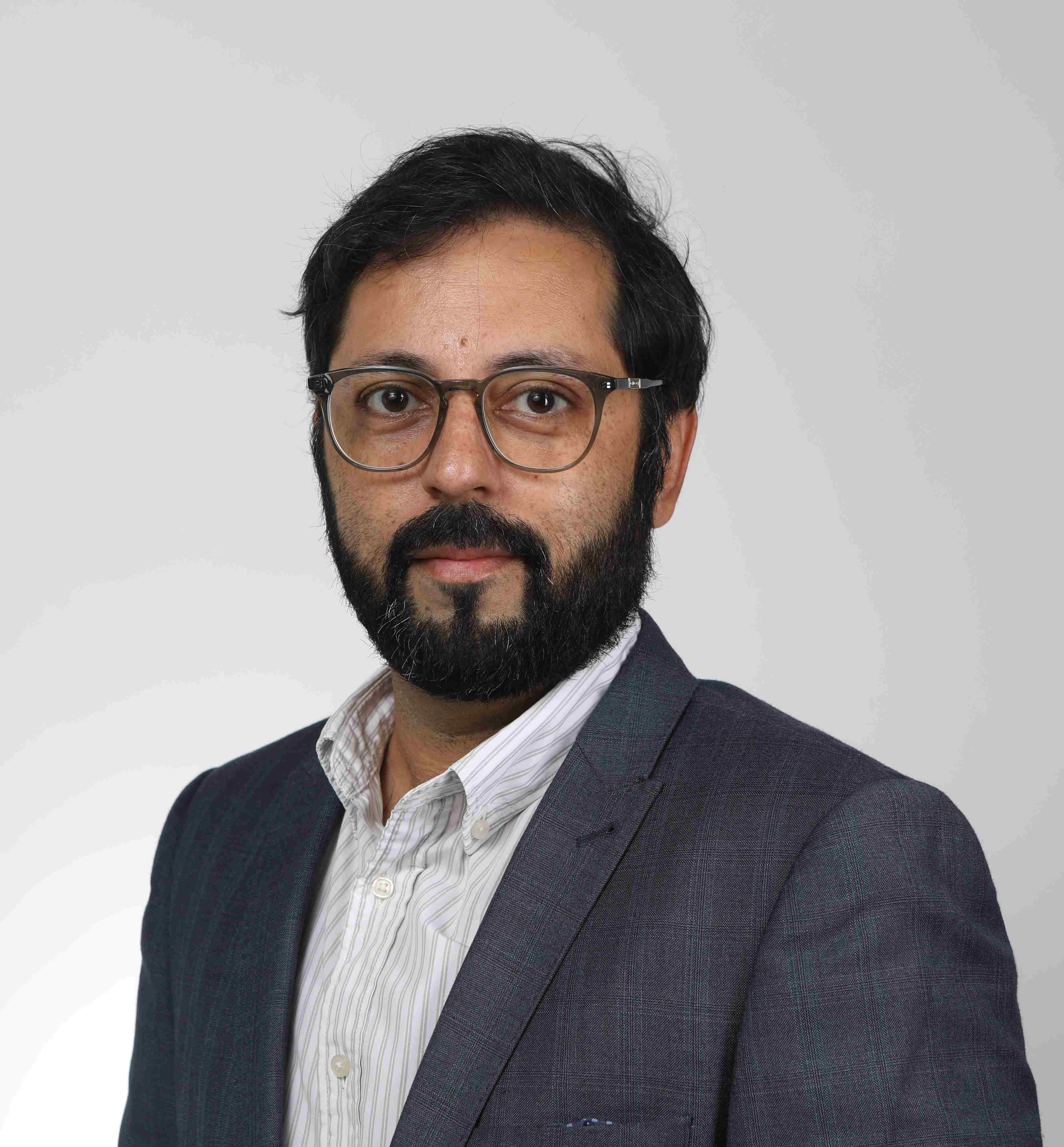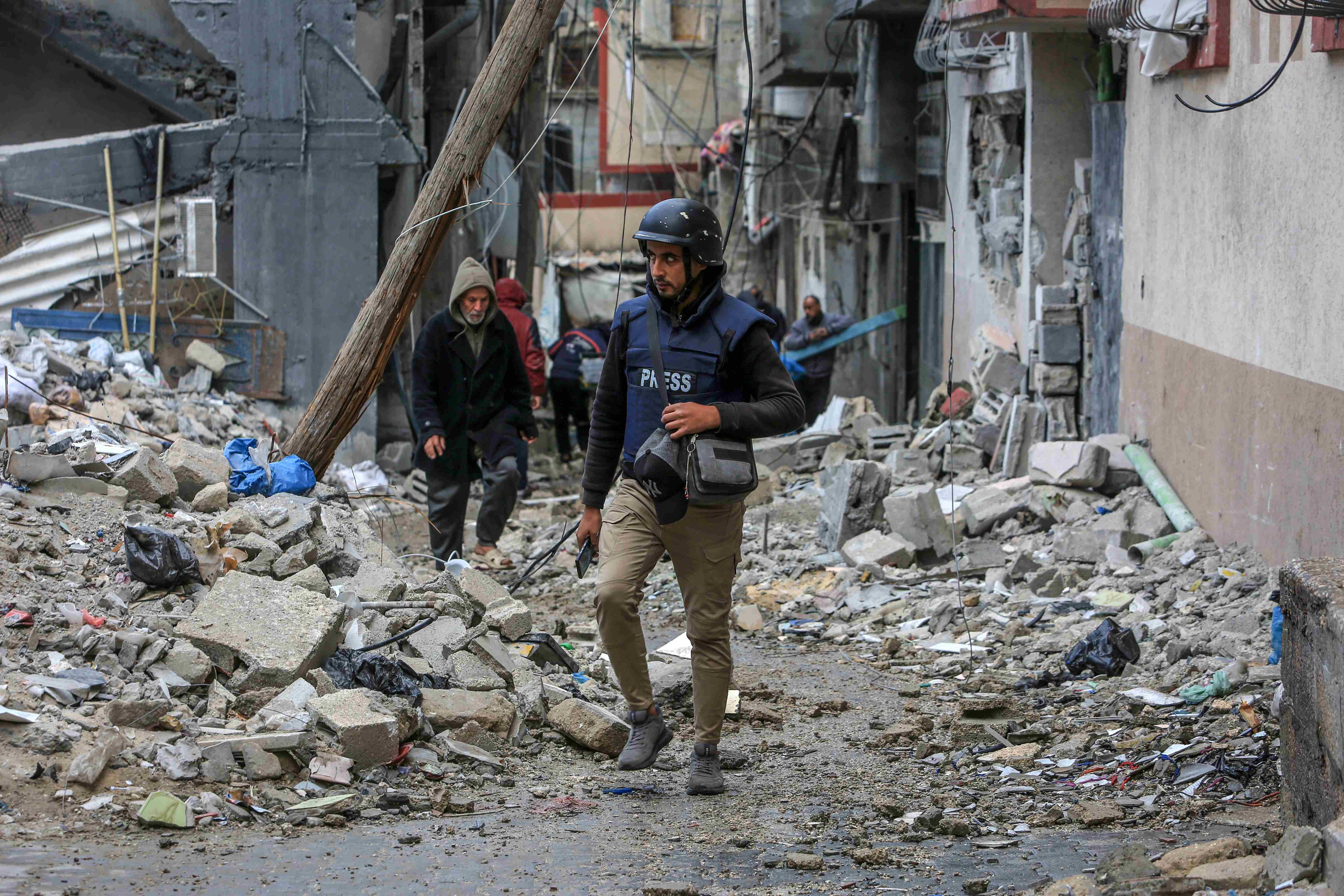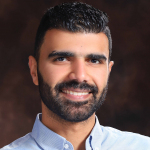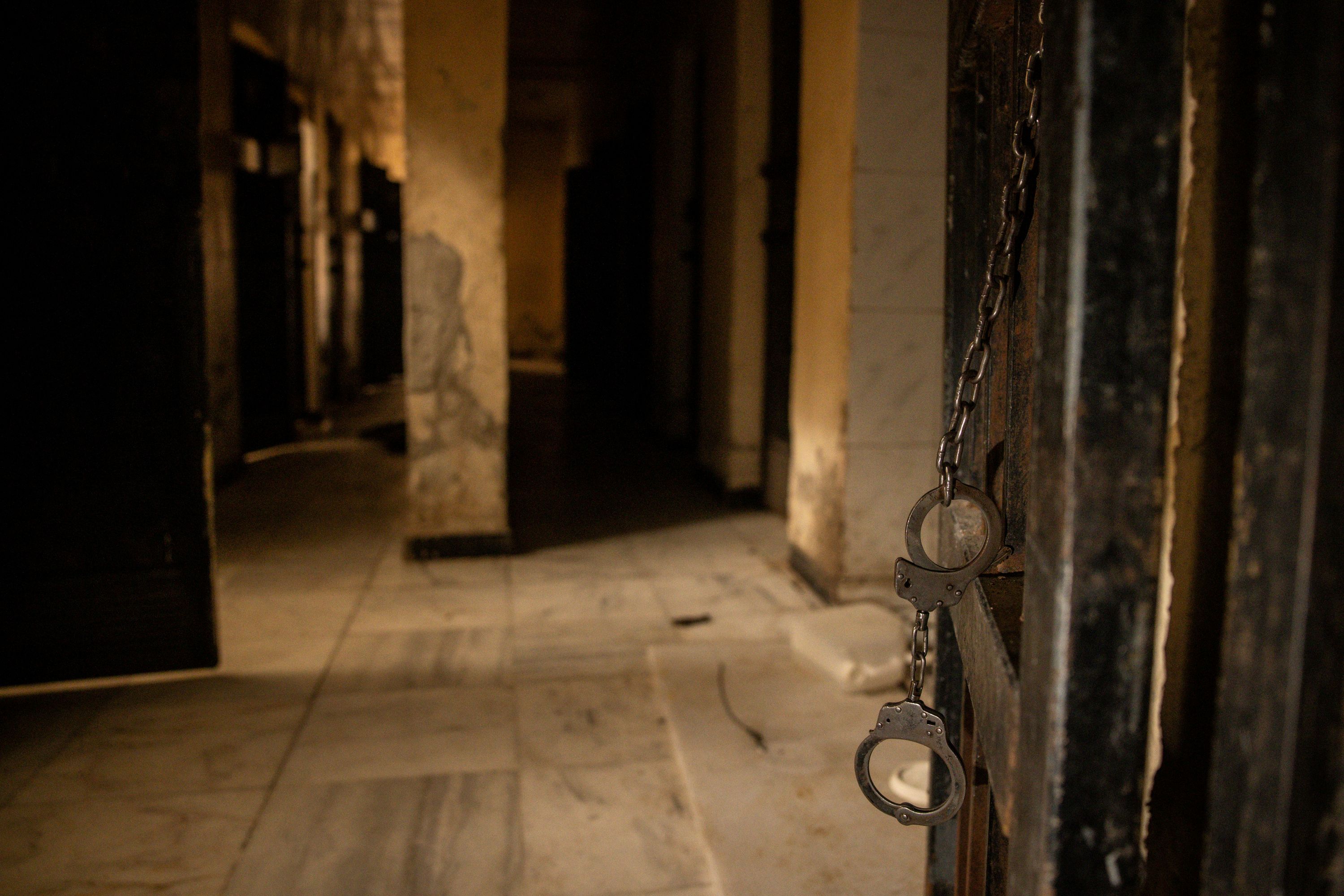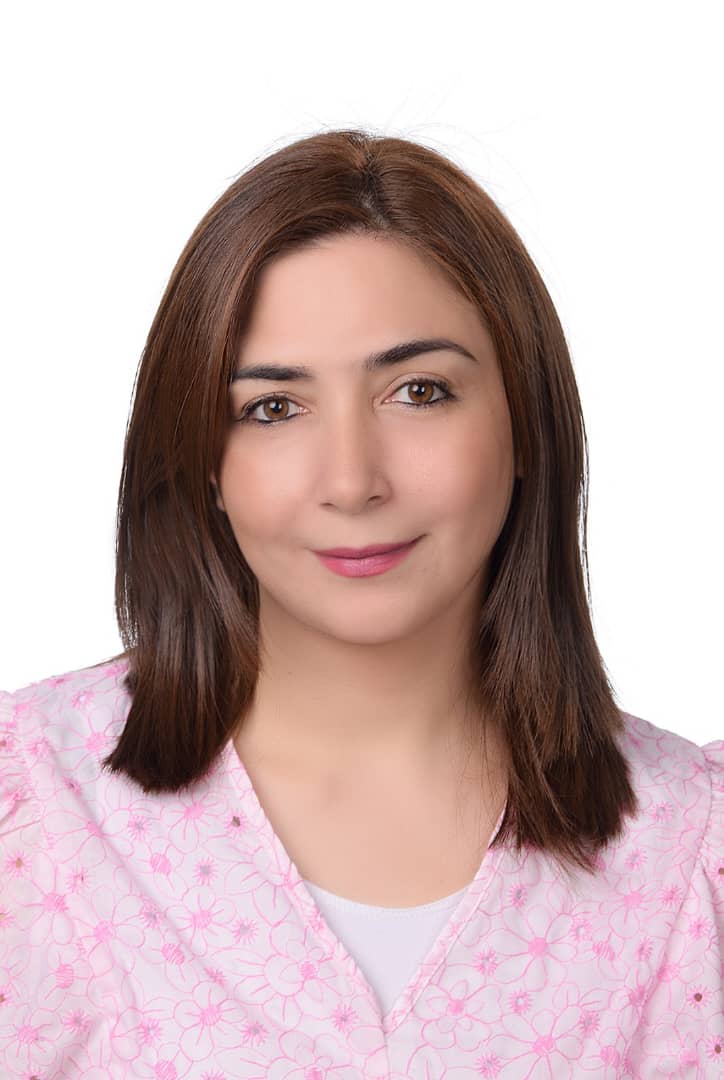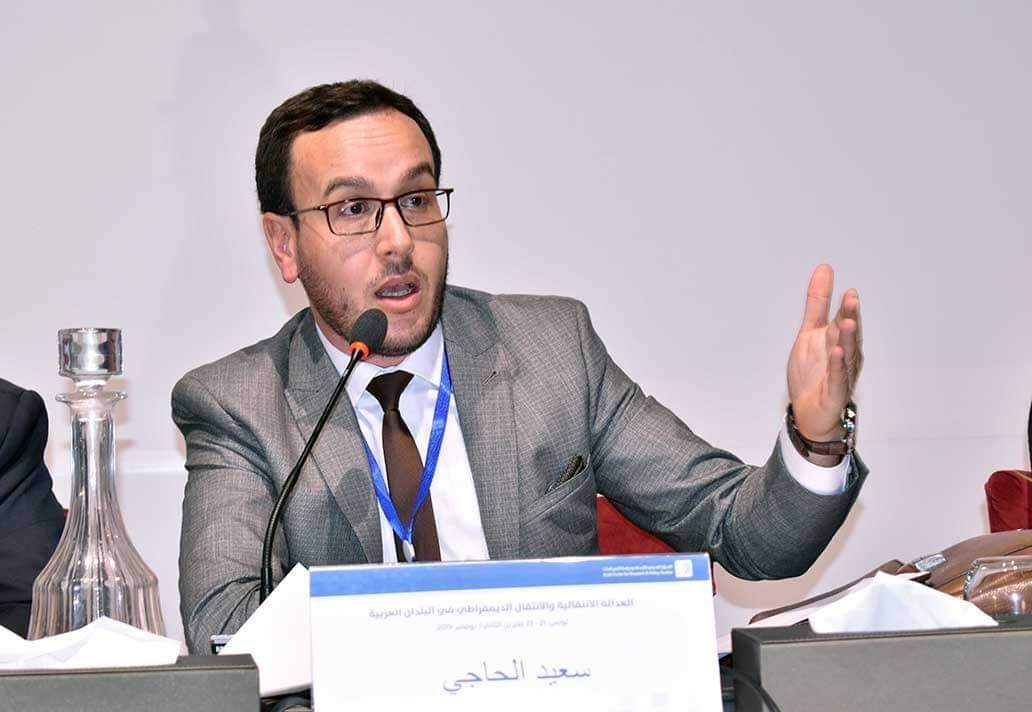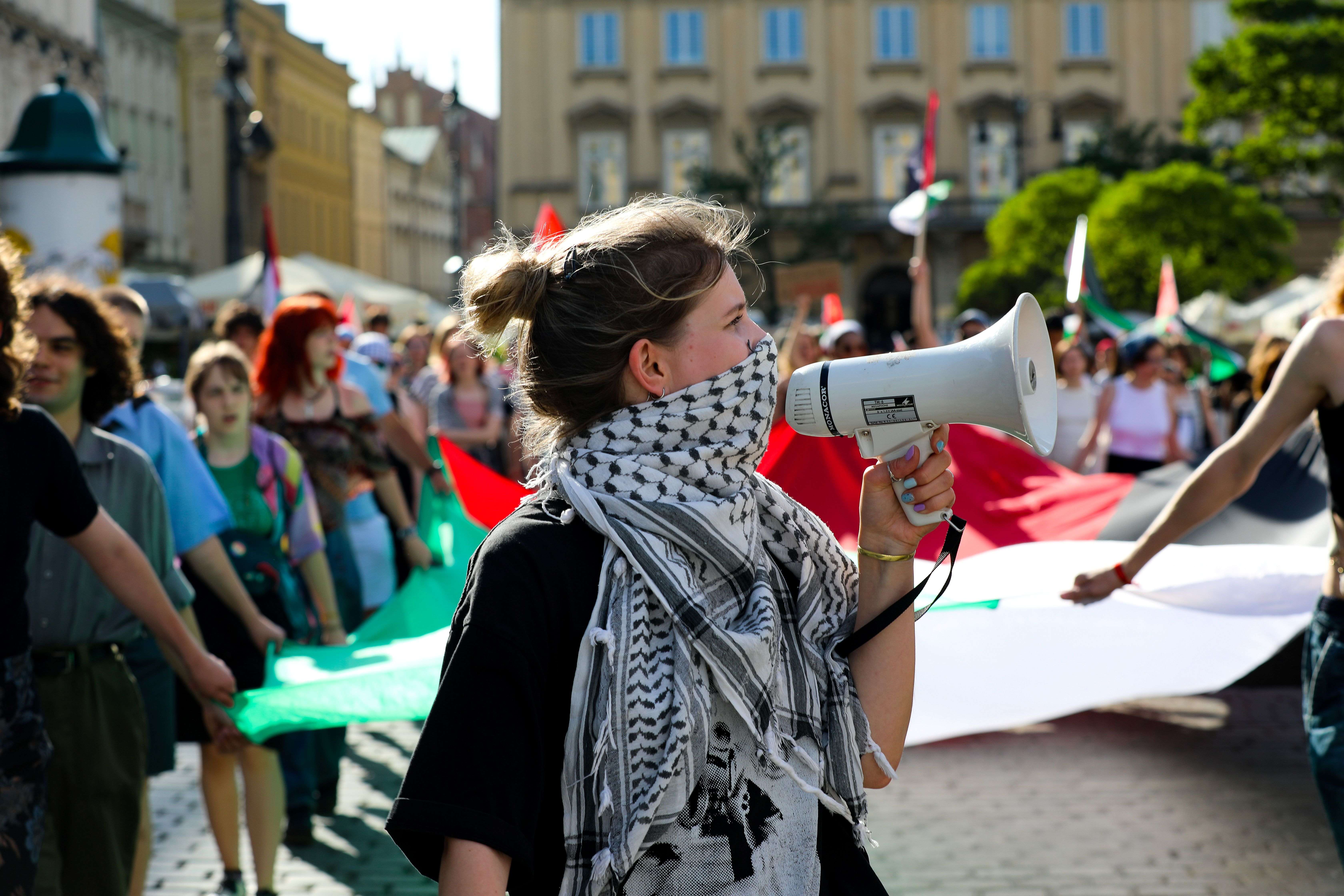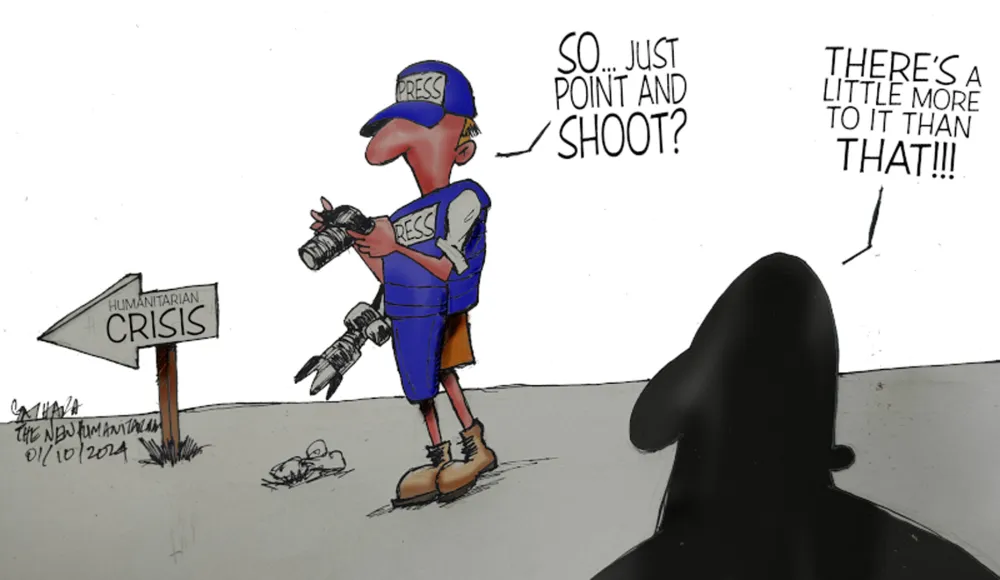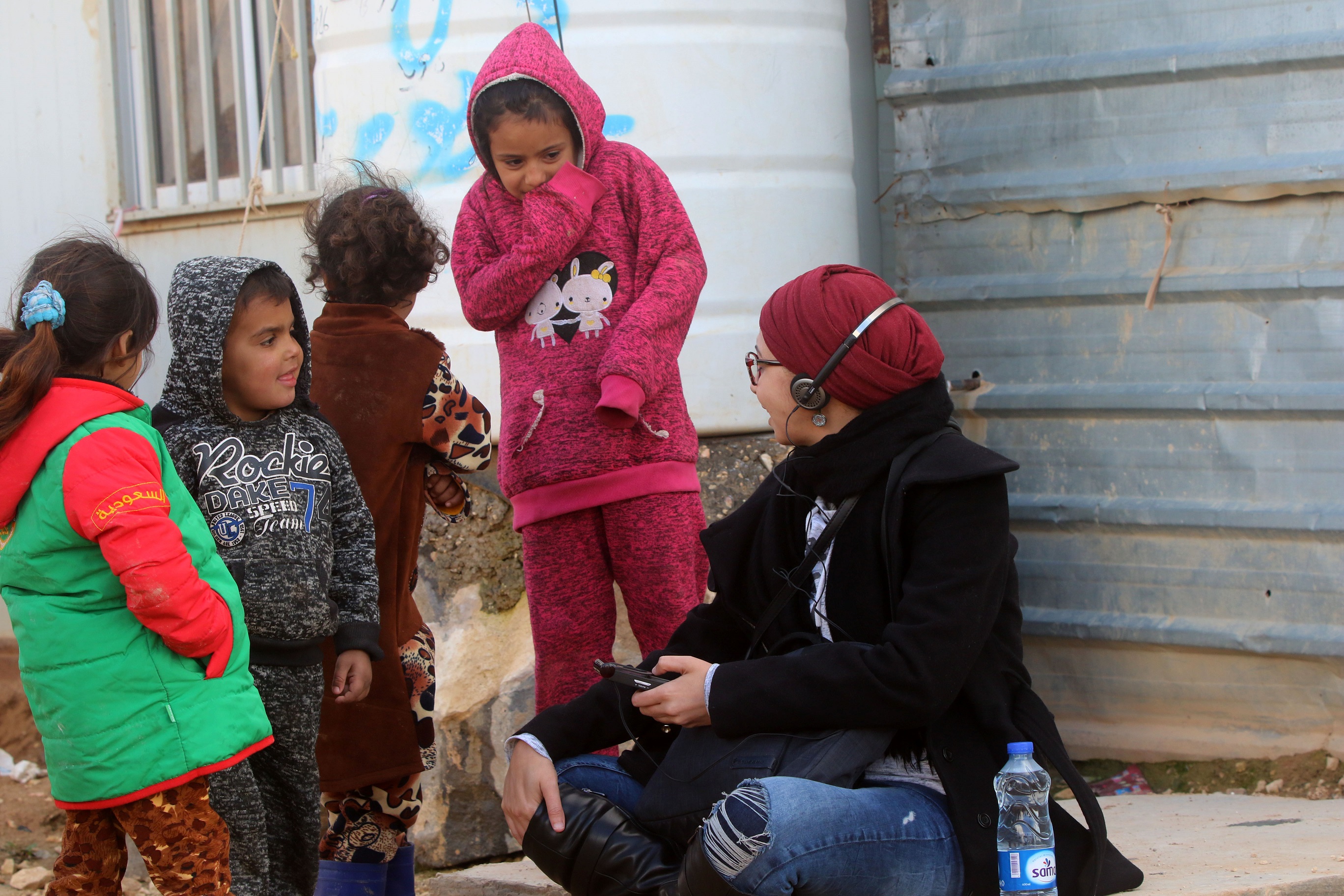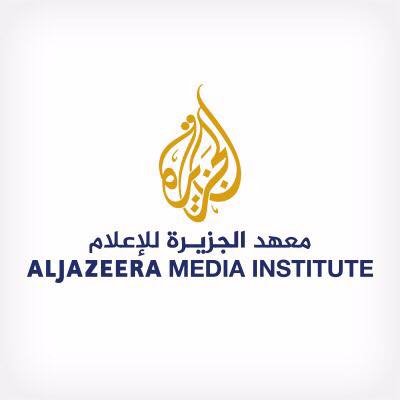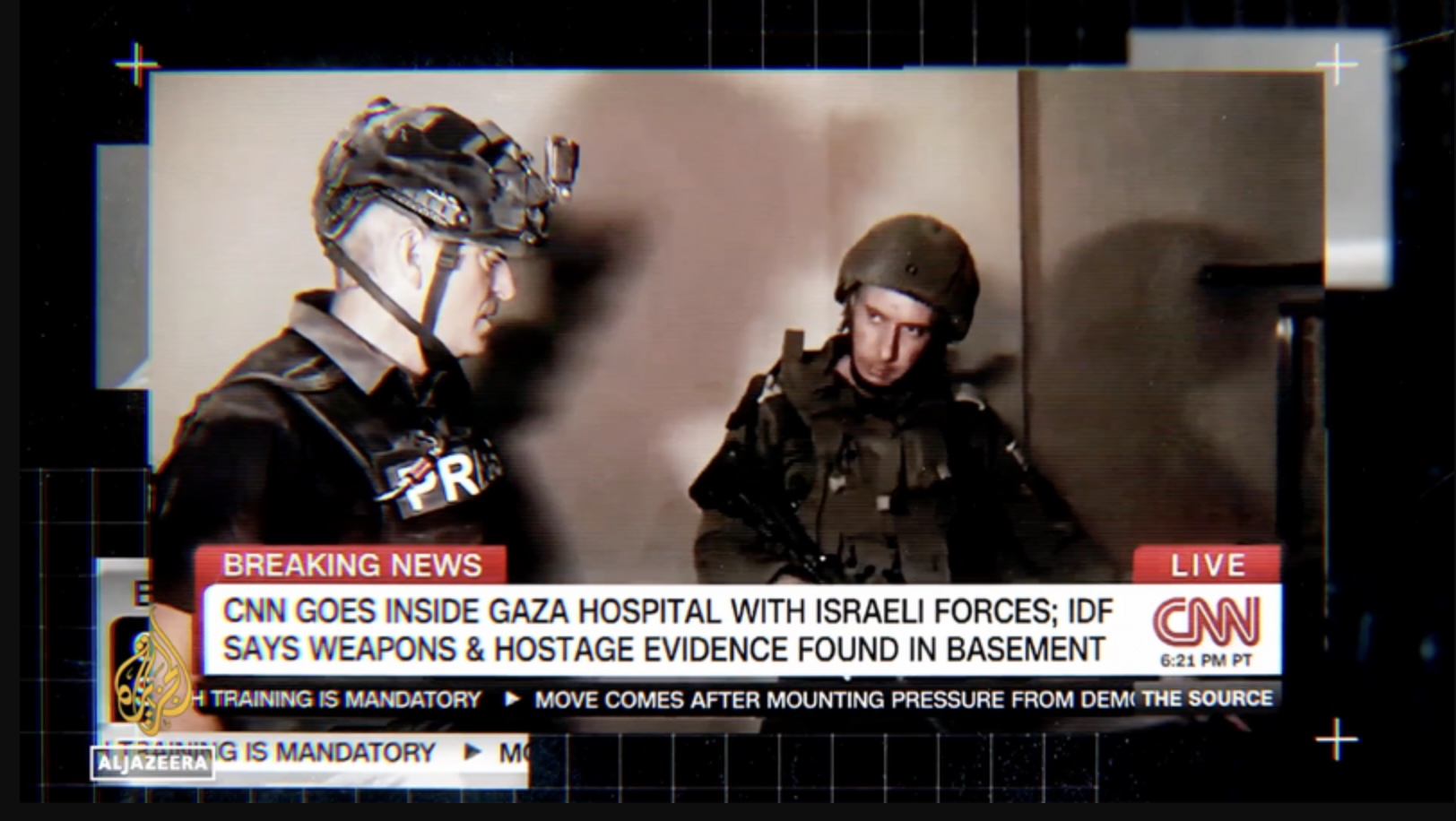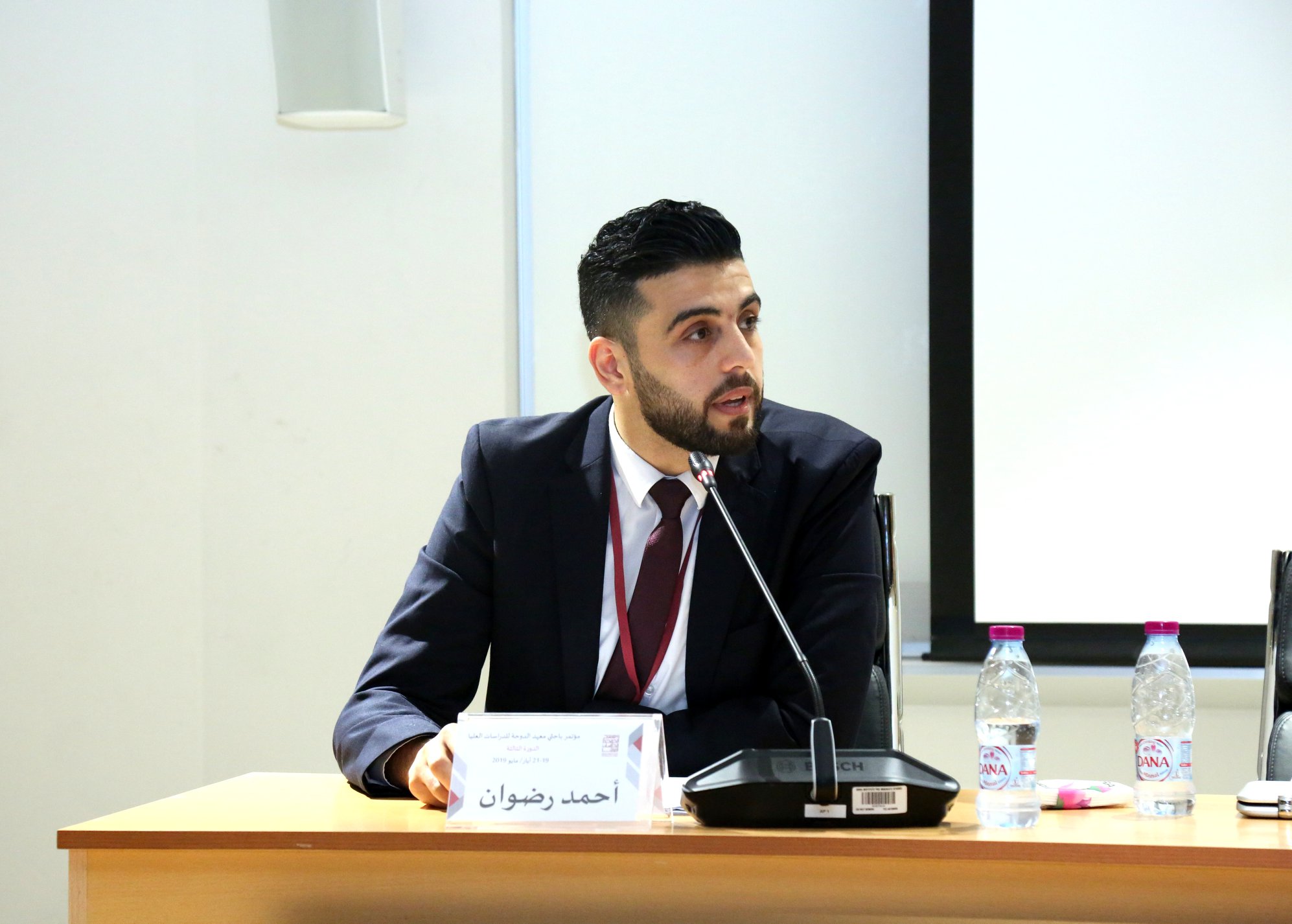This article was originally written in Arabic and translated into English using AI tools, followed by editorial revisions to ensure clarity and accuracy
This paper highlights how Omani media, during times of natural disasters, focused on praising government efforts to improve its image, while neglecting the voices of victims and those affected by the cyclones. It also examines the media’s role in warning against and preventing future disasters.
Research Studies indicate potential severe cyclonic storms recurring in the Arabian Gulf region due to the increase in black carbon and sulphur emissions from human activity in the atmosphere (1) (2). The climatic impacts in the Sultanate of Oman are more pronounced than other countries in the Gulf region. The region suffers risks such as cyclones and storms from the Arabian Sea, the Sea of Oman, and the Arabian Gulf.
Natural disasters disrupt social functions to cause collective stress, which can lead to disruption of the social structure and ties between individuals within societies. Local media and the press play a crucial role in disseminating information and warnings during and after natural disasters. They contribute towards shaping public opinion in the difficult circumstances of natural disasters. The media cooperate with the relevant and active parties to manage disasters and go through disaster management cycle convey information to the public during climatic events.
The first two stages include mitigation and preparedness before the disaster occurs. Its stage includes taking preventive measures to avoid disasters and reduce their impact by early announcement of expected natural conditions through various media outlets to ensure fair communication with all members of society. Then comes the "preparedness" stage. The response stage begins to take necessary measures to manage the impact of the disaster. Finally, the recovery stage comes after the physical disaster occurs; where everyone works to rebuild the affected areas and restore the lives of their residents to what they were before.
The media may reveal the nature of the relationship between government institutions responsible for managing natural disasters and society, through raising awareness of their priorities in conveying information, the method of passing it on to the public, and the language prevalent in their media coverage, as well as paying attention to one aspect rather than another.
The media in its various forms can contribute to raising people’s awareness and encouraging them to think thoroughly and systematically during natural disasters. The media creates collective memory to shape the “collective consciousness” of individuals (4). Although collective memory is created at the level of the individual in his mind, it is transmitted through communication and social interactions (5). It can be divided into two parts: communicative memory and cultural memory (6).
The media aims to shape collective memory with a “cultural” or institutional character to ensure the achievement of certain interests and considerations., These functions include the formation of what are known as “cognitive communities,” which are groups that share beliefs, values, and ideas. This group agrees on research criteria and concepts of validity (7) which may extend for years. It may be of utmost importance for local media to build accumulated experiences for their audiences by enhancing and developing positive aspects from the weaknesses that have occurred. It enhances the resilience and steadfastness of societies and how to confront different climate conditions in a collective manner. (8).
In cases of natural disasters, social capital, information and communication means - the media - can be essential in managing these disasters. When the media manages materials in a way that ensures their fair and equal distribution to different segments of society, this can encourage societies to build knowledge that enhances their sustainability and social adaptability. The way the collective cooperation structure and function are maintained while dealing with disturbances, the ability to enhance the personal organisation of individuals in response to or anticipation of emergency situations (9).
Societies can be described as cohesive in the face of such crises and natural disasters (10). In this case, social media can be useful as an interactive media that enhances communication and integration between the media, the parties concerned with natural disaster management, and the public by monitoring the reactions of the public. This contributes to enhancing the ability to develop and improve in the field of perception and construction.
From a personal point of view, the Omani media is trying to direct collective thinking towards appreciating government efforts, to highlight the effective government agencies in times of crises to gain more community satisfaction within the country.
In the Sultanate of Oman, media coverage of natural disasters has increased since Cyclone Gonu in 2007, which has helped develop local and cumulative expertise in dealing with the behaviour and attitudes of individuals during exceptional climatic conditions. Social media outlets of the authorities concerned with disaster management. The official media in the Sultanate of Oman plays two important roles during crises: informative role, and the other is a guidance role that affects the behaviour and collective thoughts of individuals. The official state media cooperates with the internal media departments of the relevant institutions in communicating with the public during difficult times, such as Civil Aviation, the Royal Oman Police, and Civil Defence (11).
The media in Oman is linked to all aspects of disaster management, starting from prevention, preparedness, and response (12). The official state media and the internal media of the concerned institutions seek to reduce the impact of the climate on society. Media messages are issued to the public in several languages - Arabic, English, Urdu and sign language - by the National Early Warning Centre of the Civil Aviation Authority, and then officially circulated by local media, press, and official social media pages of the concerned authorities, to ensure that information reaches all segments of society. The methods of conveying media messages vary in focus on the topics and stakeholders, in the language used, and in the time of delivery to the public. Individuals organise their collective memory based on the events they have witnessed and their social relationships. This is done by receiving information and data published in the media during a specific period, which contributes significantly to shaping the opinions and collective thinking of individuals at the present time.
In Oman, the relevant authorities work - consciously or unconsciously - to form "collective thinking" using the collective memory of previous similar events, to create "collective awareness" that leads to a "knowledge society". (13). The coverage of Cyclone Phet (2010) was distinguished by its focus on certain topics, and giving them greater attention, such as the government's efforts. Newspapers devoted large spaces to praising the measures taken by the government during the coverage of Cyclone Phet, while not focusing enough on the rest of the topics. The coverage rate did not exceed 4% for important issues, such as warnings, victims, and prevention of future disasters (14).
The media, whether governmental or private, focused heavily on highlighting the government's efforts during and after the disaster, considering these efforts the most prominent event in their media coverage, while the victims and those affected by the cyclone did not receive sufficient media attention.
Upon a quick analysis of the Al-Mutar depression (2024) based on the information published on state television and social media accounts of government institutions, for example, that the Early Warning Centre of the Civil Aviation Authority published a warning of an upcoming climate condition in the Sultanate (15) on social media platforms about two days ago, and was shared in other media outlets such as television and social media platforms of the relevant authorities. The announcement and warning did not have the necessary media momentum. For example, the Ministry of Education, which is concerned with preserving the lives of its students and teaching staff, was not well prepared to face the climatic conditions. As a result, 10 children died after being swept away by floodwaters resulting from the climatic conditions in “Samad Al-Shan” in the north of the Ash Sharqiyah Governorate, while the total number of victims of “Al-Mutair” reached 21 between April 14-16 (16).
Cyclone Phet coverage was characterised by its focus on government efforts, and newspapers devoted large spaces to praising the measures taken, while their coverage did not exceed 4% for important issues such as warnings, victims, and prevention of future disasters.
In the “Al-Mutair” climate event, media content began as a directive in the pre-, during, and post-climate events, while it became mostly informative after the event. Media coverage focused heavily on government efforts, before, during, and after the climate event (17). The victims of the “Al-Mutair” incident in Oman did not receive enough sympathy and attention from the official media No single press coverage, interviews with the victims’ families, or any single media space were devoted to sympathising with them. It cannot be overlooked that the mission of the media in crises and disasters includes disseminating information and guiding the public to take preventive measures, reduce their level of anxiety and fear (18).
In summary, media primarily focuses on conveying information to the concerned persons either to help them avoid and prevent a danger, or to recover from the results of a crisis. The Omani media is trying to direct collective thinking towards appreciating government efforts, to highlight the active government agencies in times of crises to gain more community satisfaction within the country. Insufficient coverage of the victims and sympathy with them may lead to more suffering, which may delay the recovery phase that is supposed to come after the end of the disaster. Without integrated solidarity, it may affect the collective memory of individuals, which may result in confusion in the formation of societies built on previous knowledge and its practice.
References
(1) Hiroyuki Murakami, Gabriel A Vecchi, and Seth Underwood, “Increasing Frequency of Extremely Severe Cyclonic Storms over the Arabian Sea,” Nature Climate Change 7, no. 12 (2017): 885–889
(2) Amato T Evan and Suzana J Camargo, “A Climatology of Arabian Sea Cyclonic Storms,” Journal of climate 24, no. 1 (2011). Ryan L Sriver, “Man-Made Cyclones,” Nature 479, no. 7371 (2011).
(3) Bakhash, Abdullah A. n.d. “Electronic Media Handling of Cyclone Luban Disaster in Yemen.” -. https://abaa.uobaghdad.edu.iq/index.php/abaa/article/download/277/165/4….
(4) M. Halbwachs, L.A. Coser On Collective Memory University of Chicago Press (1992)
(5) Jan Assmann Communicative and cultural memoryCultural Memory Studies: an International and Interdisciplinary Handbook, Edited by Astrid Erll, Ansgar Nünning, and Sara B. Young, 109–18. Media and cultural memory ; Medien Und Kulturelle Erinnerung, 8 = 8, Walter de Gruyter, Berlin; New York (2008)
(6) Previous reference
(7) Haas, P. (1992). Introduction: Epistemic communities and international policy coordination. International Organization, 46 (1), 1–35.
(8) Maslen, Sarah. 2017. “Collective Knowledge for Industrial Disaster Prevention.” Academia. https://www.academia.edu/33168429/Collective_Knowledge_for_Industrial_D….
(9) Walker B, Westley F (2011) Perspectives on resilience to disasters across sectors and cultures. Ecol Soc 16(2):4. http://www.ecolo gyandsociety.org/vol16/iss2/art4/
(10) Norris F, Stevens S, Pfefferbaum B, Wyche K, Pfefferbaum R (2008) Community resilience as a metaphor, theory, set of capacities, and strategy for disaster readiness. Am J Community Psychol 41:127–150
(11) Official website: https://cem-oman.com/home/ar/thecenter-3/about-us
(12) Al-Shaqsi, Obaid S. 2013. “Public Attitudes Towards the Omani Media’s Handling of Cyclone Gonu Crisis.” Researchgate. https://www.researchgate.net/publication/319362722_Public_Attitudes_Tow….
(13) Al-Balushi, Fatima M. 2018. “Coverage of Natural Disasters in the Omani Daily Arab Press: A Comparative Analytical Study of the Two Tropical Cyclones (Gonu 2007 - Veit 2010).” Omaninfo. https://www.omaninfo.om/library/53/show/4813.
(14) Previous reference
(15) Source: https://x.com/OmanMeteorology/status/1779042096055230875
(16) Source: https://x.com/omantvnews/status/1779521548811997568
(17) Example 1 in focusing on government efforts intensively: https://omannews.gov.om/topics/ar/3/show/431965
(18) Previous reference

